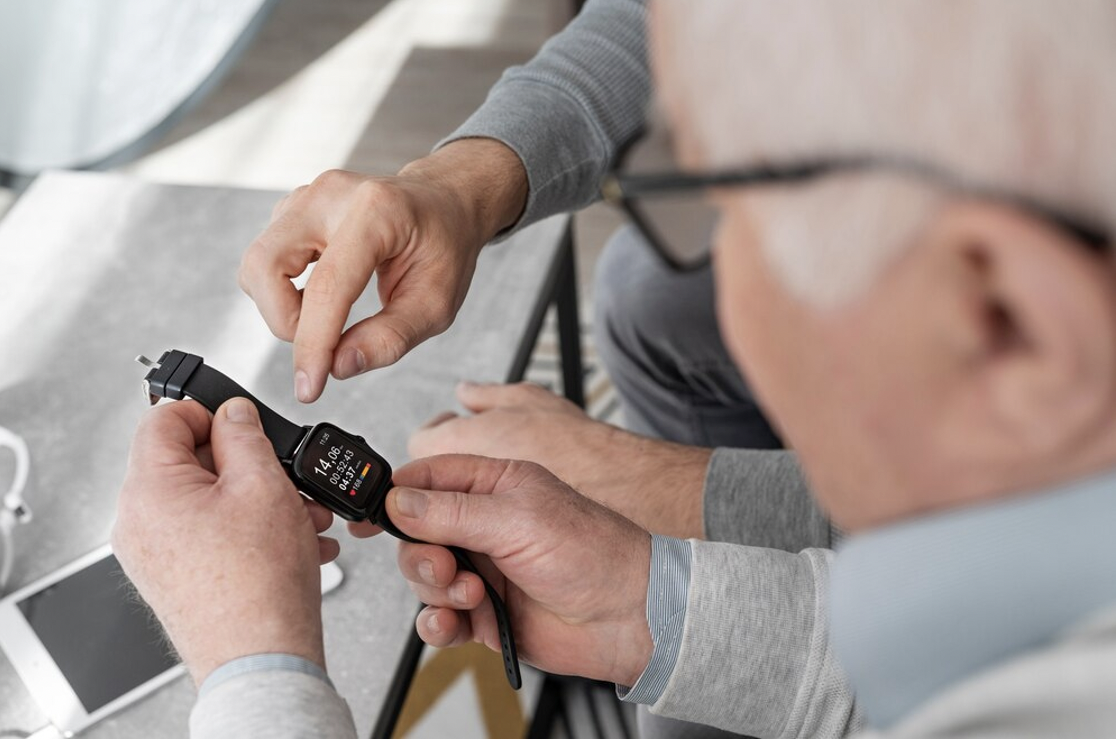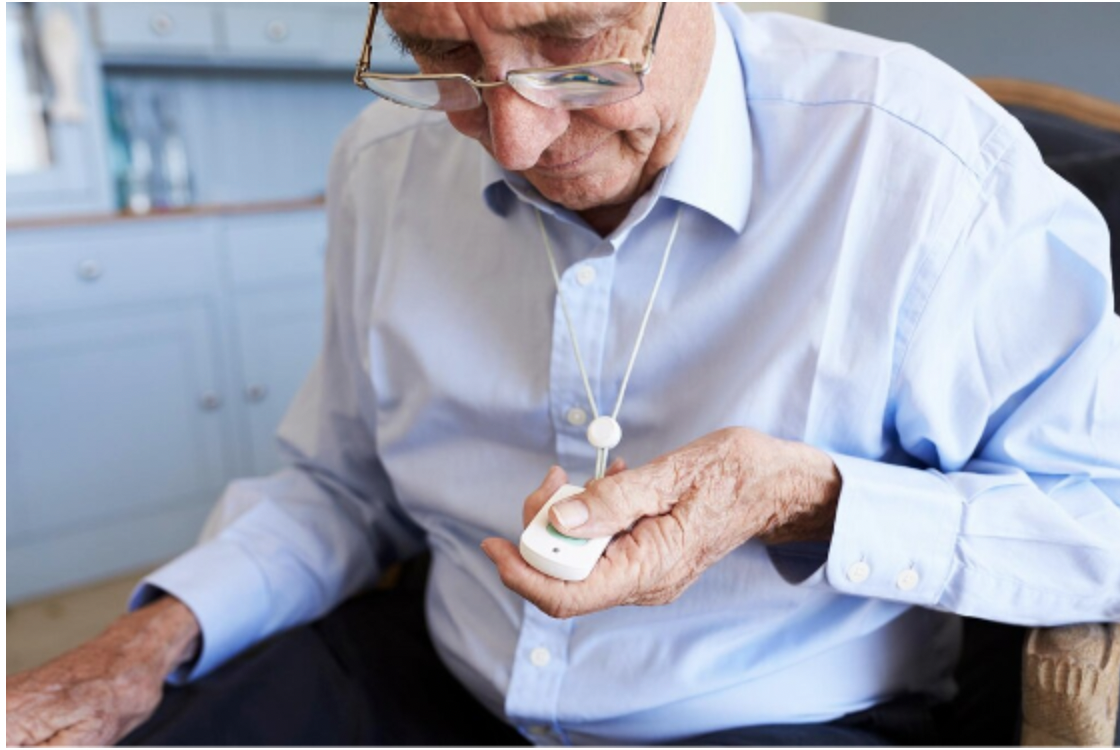Let’s be honest—cell phones are everywhere. Most of us rely on them for just about everything, from checking the weather to ordering dinner. So, when it comes to keeping our aging parents or grandparents safe, it’s natural to think: “Why not just give them a phone?” On the surface, it seems practical. But when we take a closer look at how emergencies really play out—especially for seniors living alone—phones often fall short when it matters most.
That’s where personal emergency response systems (PERS) step in. They’re not fancy gadgets for tech lovers. They’re tools designed specifically for safety, speed, and simplicity—three things older adults need when every second counts.
The key difference? Dedicated alert devices aren’t meant for chatting, browsing, or scrolling. They exist for one reason: to get help fast.
And if you’re exploring in-home safety response options for someone you care about, understanding this difference could be the most important call you make.

Phones work great—until they don’t. That’s not just a tech gripe. It’s a safety issue.
When someone falls, for example, they might not be able to move, let alone dig through a purse, reach the nightstand, or unlock a screen. Add in the risk of disorientation from a stroke, a fainting spell, or a drop in blood pressure, and using a standard phone can become nearly impossible.
Here are some common limitations:
Phones are great for daily convenience. But emergencies? That’s a whole different ballgame.
A personal emergency response system is specifically built to solve those problems. The design is often deceptively simple: a lightweight, wearable button that connects to a response center 24/7.
But behind that simplicity is a ton of life-saving thought. Here’s what sets them apart:
There’s no fumbling. Just press a single button and you’re connected with trained professionals who can dispatch help immediately—whether it’s an ambulance, family member, or neighbor.
This is a big deal. Some PERS devices can detect sudden drops and call for help even if the wearer is unconscious. That’s something a phone simply can’t do unless someone initiates the call themselves.
Unlike calling a family member who might miss a ring or be unavailable, PERS systems are monitored by teams trained to act quickly. They verify emergencies and know how to respond fast.
Modern devices are mobile, using GPS and cellular networks to offer protection on the go—during errands, walks, or vacations.
PERS buttons are typically waterproof (so they can be worn in the shower, where many falls happen), lightweight, and comfortable enough to be worn all day without getting in the way.
According to the CDC, 1 in 4 Americans aged 65+ falls each year, and falling once doubles the chance of falling again. What’s more alarming is that over 800,000 seniors are hospitalized annually due to fall-related injuries.
But what often gets missed is how many seniors delay or don’t call for help after falling. Embarrassment, disorientation, or thinking they’ll be “fine in a minute” can lead to long hours lying on the floor—and those hours can drastically increase the risk of complications.
PERS systems remove hesitation. With just one press (or automatically in the case of fall detection), help is already on the way.
Let’s call this one out. One of the most common objections to PERS devices is that they feel like a “badge of old age.” And sure, some early models looked a bit clunky. But today’s systems are a far cry from those old-school panic pendants.
Modern designs are:
More importantly, they’re empowering. These devices aren’t about weakness—they’re about freedom with a failsafe.
Let’s look at a few common emergencies to see the difference between relying on a phone vs. using a PERS device.
The outcome difference? Minutes can turn into life-saving moments.
Not all emergency systems are created equal. When choosing one for a loved one (or yourself), consider the following:
Many adult children assume their parents are just “being careful.” But even careful seniors face risk. It’s not always about frailty—it’s about unpredictability.
Dehydration, medication side effects, changes in blood pressure, or uneven flooring can trigger incidents in even the healthiest individuals.
What gives families true peace of mind isn’t just hoping for the best. It’s knowing that if something does go wrong, help is already one button away.
Here’s a tip: don’t wait until after something happens.
Talk to your loved one proactively. Frame it not as a step backward, but as a smart step forward—especially for those who live alone or spend time outside independently.
A good approach might be:
"You’ve always been the one to look after others—think of this as a way to let us look out for you, just in case."

Some people worry that PERS systems are limiting. But the truth is, they do the opposite.
They let seniors shower without fear. Go for walks. Stay home alone. Sleep better. Travel. And for adult children, they mean fewer check-in calls that start with “Just making sure you're okay.”
Cell phones are wonderful tools. But they’re not built for emergencies. If safety and independence matter—and they should—dedicated personal emergency response systems make sense.
Because when something unexpected happens, help at the push of a button isn’t just a convenience. It’s a lifesaver.